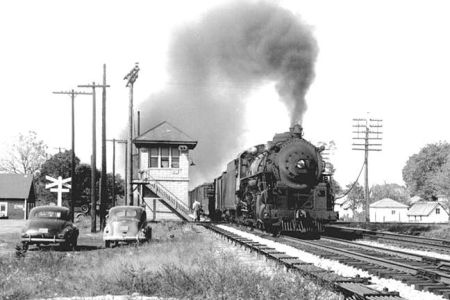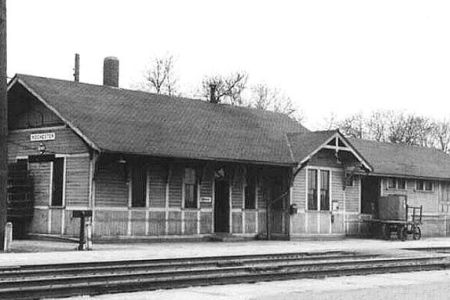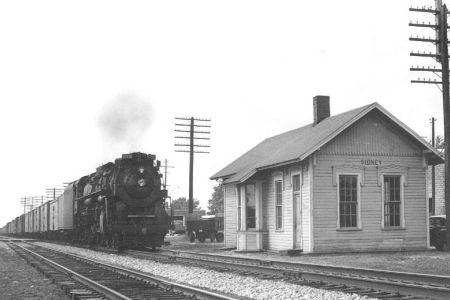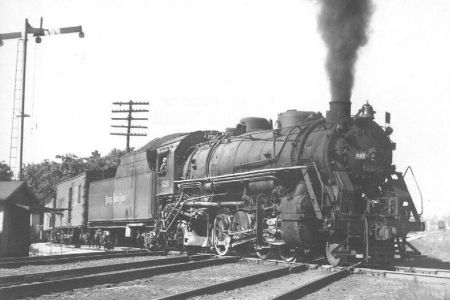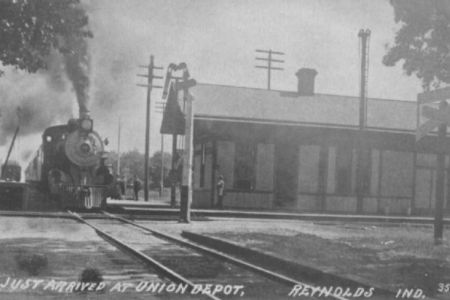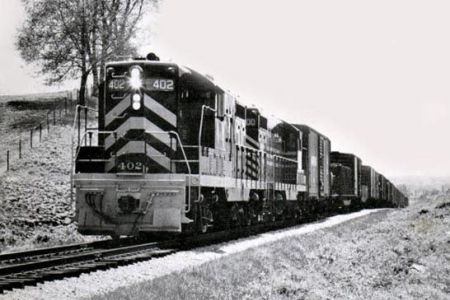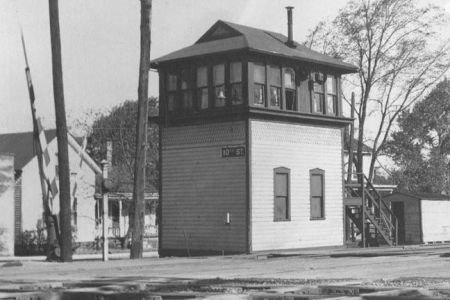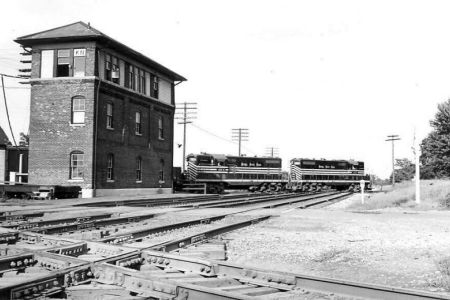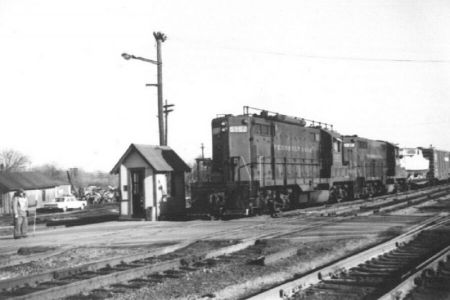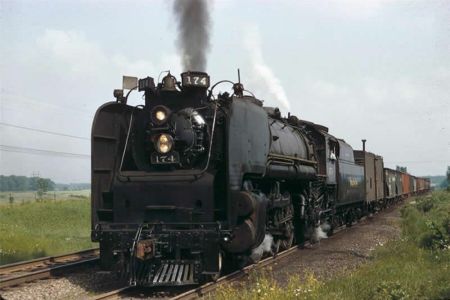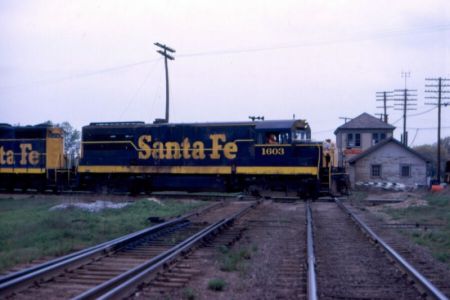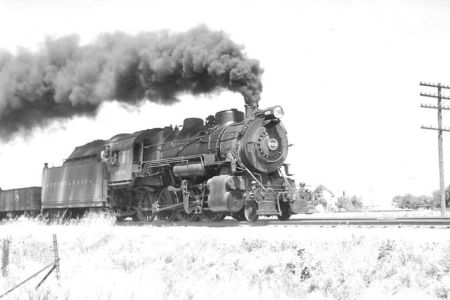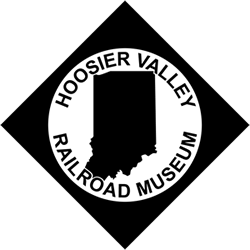Steam excursions return on Saturday, July 19, 2025, during the Civilians and Soldiers in History Day.
Historic Railroad Photos
The historic railroad photos presented in this photo gallery represent only a fraction of the images accumulated by the Hoosier Valley Railroad Museum over the years. Many of these photos can be found on display at the museum.
No images were found.
Hoosier Valley Railroad Museum
507 Mulberry Street
P.O. Box 75
North Judson, Indiana 46366
P.O. Box 75
North Judson, Indiana 46366
Call or Email
574-896-3950 Depot Phone
[email protected]
Museum Hours
The museum is open on Saturdays from 9:00 am to 4:00 pm. The museum operates on Central Time (Chicago Time)
Copyright © 2025 Hoosier Valley Railroad Museum, Inc.

